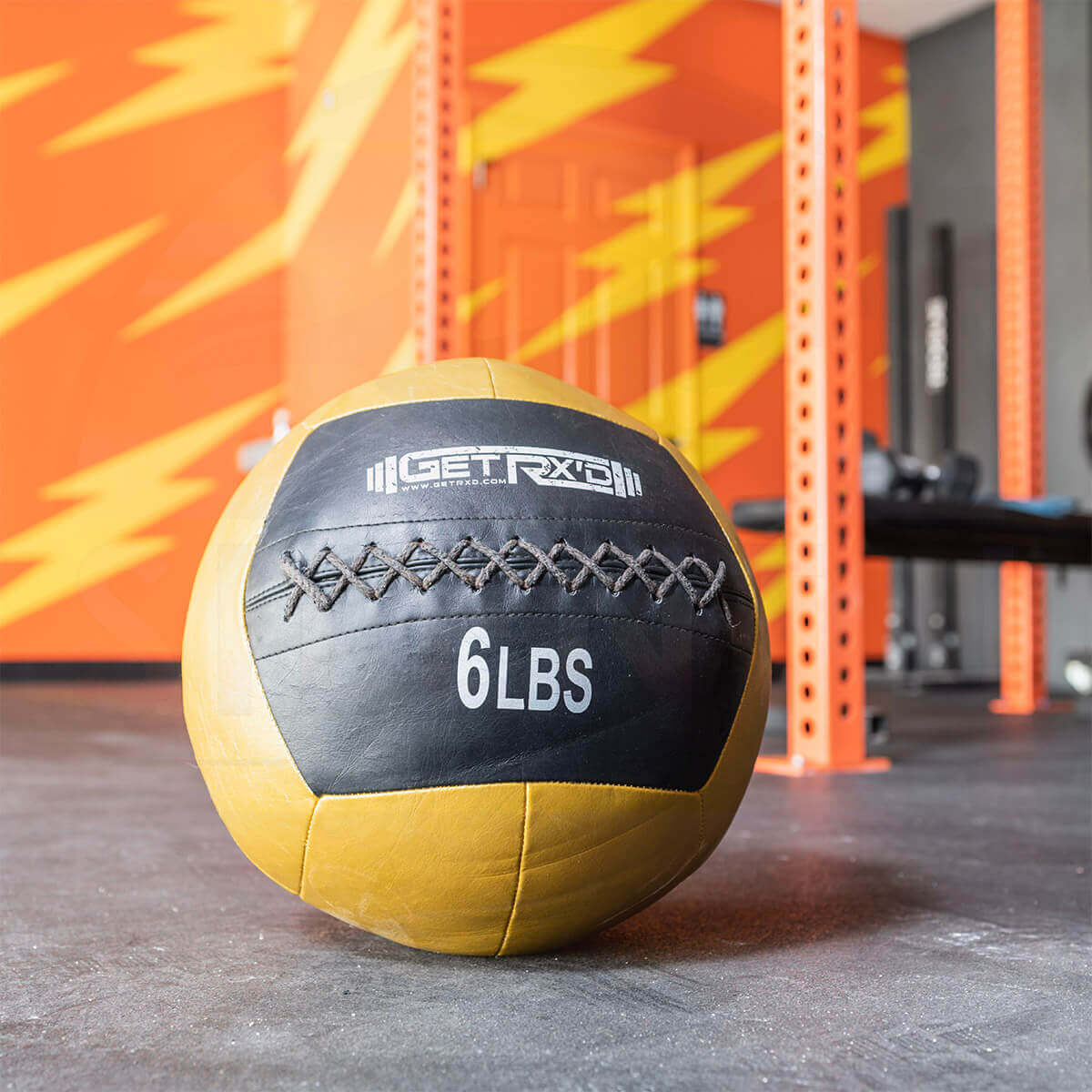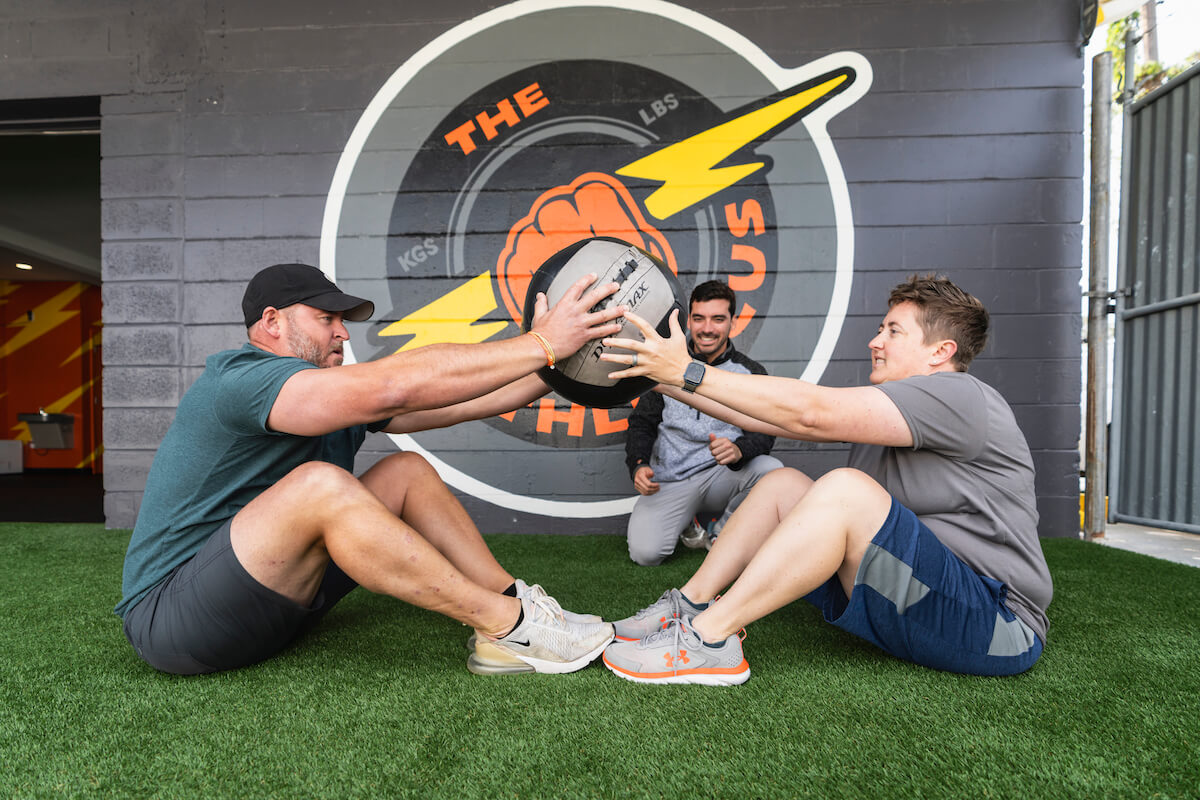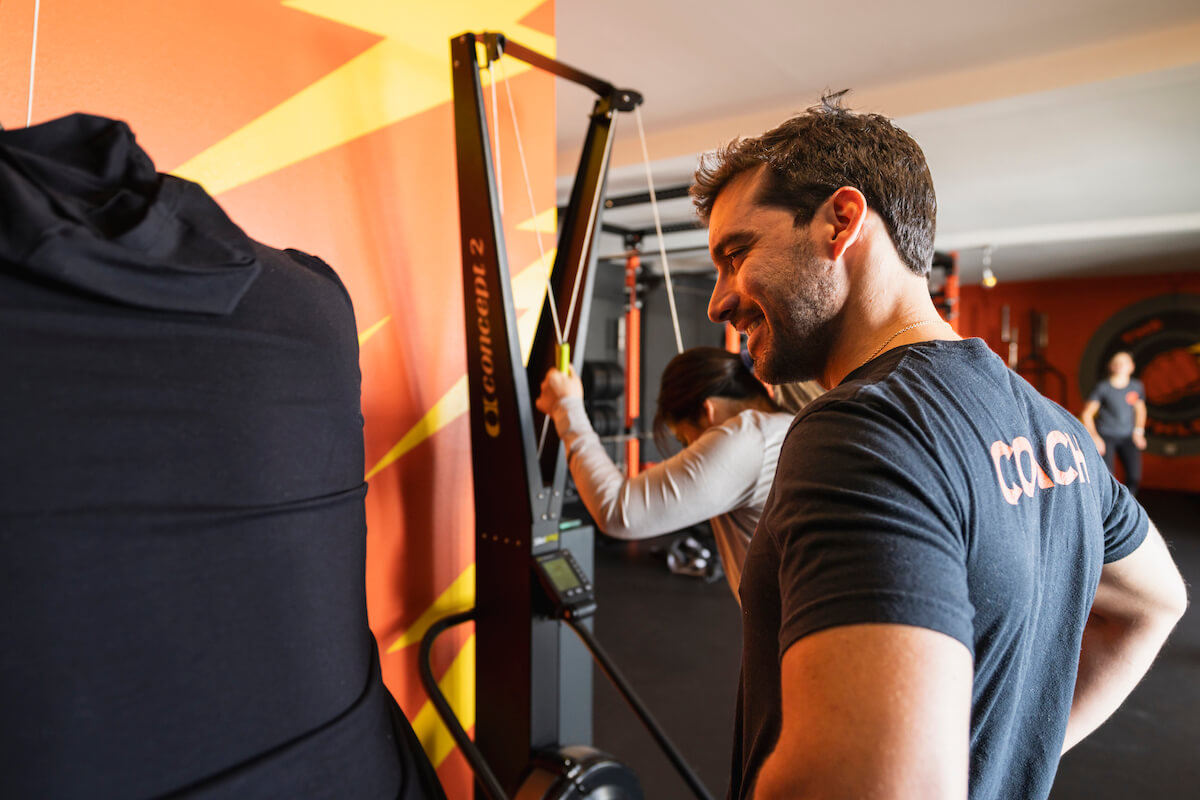Best Equipment to Buy for starting Strength Training
You’ve been exercising more and are getting into the flow of working out consistently. Now, you might have seen people in the gym wearing wrist wraps, weightlifting belts or knee braces. And maybe you’re wondering what all of these items are good for.
When starting strength training you need to get a good program to stick with, and it’s also about equipping yourself with the right tools to ensure safety, effectiveness, and long-term progress. Whether you’re setting up a home gym or gearing up for your sessions at the local fitness center, or personal training studio (like The Athleticus!), understanding the equipment and its purpose is crucial. In this guide, we’ll break down the essential gear every strength training novice should consider and why.
Gloves: The Hands’ Best Friend or Foe?
Hands are your primary point of contact with weights, and gloves can offer a layer of protection against rough barbells and dumbbells. They shield your palms from developing calluses and can sometimes improve grip, especially during sweaty workouts. However, in the world of strength training, gloves come with their own set of debates. While some appreciate the comfort and protection they provide, others argue that direct contact with the bar is vital for developing authentic grip strength. Before investing, consider the nature of your workouts and what feels most comfortable for your hands.
Also, if you workout without gloves your hands may feel a bit raw at first. And over time you’ll build up some calluses that’ll protect against it in the future. It’s really up to you what your preference is. For some people they have sensitive skin on their hands and it becomes unbearable to weight lift without gloves. And if you’re still in the beginning phase of your exercise journey, being sore all the time and having beat-up hands might be too much for you. So it might be worth it to make it easier on you at first.
Final thoughts, go without gloves to get a feel for the weights. If it becomes too unbearable, wear gloves for a time, then try again without them. The goal, in the long run, is to not rely on them so your hands get the necessary calluses.
Wrist Support Straps: The Grip Booster
There’s nothing more frustrating than your grip giving out before your target muscle during heavy lifts. That’s where wrist support straps come in. Designed to aid in lifting weights, especially during exercises like deadlifts or heavy rows, these straps can be a game-changer. Wrist support straps wrap around the wrist and extend several inches out to wrap around the barbell. This will take a percent of the load off of the grip and will be supported by the wrist in addition to the grip.
This is really best for the person who’s doing deadlifts for their first time ever. Usually, first-time deadlifts’ grip will give out far sooner than their posterior muscle chain (your back and glutes).
Wrist Support Straps: The Grip Booster
The wrist is a complex joint made up of multiple small bones, ligaments, and tendons. During weightlifting or other forms of strength training, it often bears a substantial load, especially in exercises that require pushing, pulling, or holding heavy weights overhead. While our wrists are naturally built to handle these loads, there’s a limit to what they can endure, especially when fatigue sets in or form slips.
Wrist weightlifting wraps are sturdy fabric bands, often made from a blend of cotton, elastic, and other materials like leather, designed to wrap securely around the wrist. Their primary function is to offer additional support to the wrist, limiting its range of motion and providing a tight, compressed feeling, which can be especially comforting during heavy lifts.
Benefits of Using Wrist Wraps: They stabilize the wrist, ensuring it remains in a neutral position during exercises, minimizing the risk of hyperextension or strains. By reducing the discomfort or pain that can come from lifting heavy weights, users may find they can lift more weight or perform more repetitions.
Especially for those who’ve had previous wrist injuries, wraps can act as a preventative measure, ensuring that the wrist is less susceptible to future injuries.
Chalk: The Grip Stick
Chalk serves the fundamental purpose of improving a lifter’s grip. By effectively absorbing sweat and moisture from the palms, chalk significantly reduces the risk of a barbell or dumbbell slipping from the grasp, especially during heavy lifts. It also adds a “stickiness” factor that allows people to wrap the barbell better.
For exercises that demand a strong, secure grip – think deadlifts, heavy rows, and pull-ups – many athletes and gym-goers lean towards chalk. Its ability to maintain a lifter’s connection to the weight, without any barriers, makes it a favorite among many. Gloves will protect the skin from getting roughed up but won’t really add to much-enhanced grip, not nearly as much as chalk or wrist straps.
Weightlifting Belt: Intra- & Inter- Abdominal Pressure
The weightlifting belt is more than just a gym fashion statement. This piece of equipment is designed to provide enhanced support to the core muscles during lifts, particularly when lifting heavier weights. By doing so, it helps increase intra-abdominal pressure, stabilizing the spine and reducing the risk of injury.
The weightlifting belt is most beneficial during compound movements like squats and deadlifts where core stability is paramount. However, a word of caution for beginners: while a belt can be a useful tool, it’s essential first to learn and master the art of bracing the core without external support. Over-reliance on a belt can potentially hinder the natural development of core strength and stability.
Footwear Matters
The foundation of every lift begins at the feet. Your choice of footwear can significantly impact your lifting form and safety. Flat-soled shoes, like Converse, or specialized weightlifting shoes, like the NoBull brand, are often recommended for strength training. These shoes provide a stable, grounded base, ensuring maximum power transfer from the ground up. Especially during exercises like squats and deadlifts, where stability is key, the right shoes can make all the difference. Consider them a worthy investment in your strength training journey.
What you don’t want are squishy, running shoes. These shoes are great for running and should stay out of the weightlifting area. The squish will throw off your balance, making it difficult to maintain a stable base during lifts. This instability not only reduces the efficiency of your lifting form but also increases the risk of injury. When lifting heavy weights, especially in exercises like squats and deadlifts, it’s essential to have a firm and solid connection with the ground. Running shoes, with their cushioned soles designed to absorb impact, can cause a shift in weight distribution, leading to improper form and potential strains on your joints and muscles. So, while those cushy runners might be perfect for hitting the pavement, it’s best to swap them out for something more stable when you step onto the weightlifting platform.
Knee Braces: Stabilizing The Knee Joint
As our knees play a critical role in many movements and bear a substantial load, protecting them becomes paramount. Enter knee braces.
Knee bracers are devices designed to support and protect the knee joint. They differ from traditional knee braces in their design, offering more targeted support and often tailored to specific conditions or requirements.
They provide stability to the knee, ensuring proper alignment and reducing the risk of injury. Especially beneficial for those with chronic conditions or recovering from injuries, knee bracers can help manage and reduce pain. By ensuring the knee moves correctly, they can help enhance athletic and fitness performance. And for those recovering from surgery or significant injuries, they can provide the necessary support to aid in the healing process.
From chalk to knee braces, from wrist wraps to the right footwear, each piece of equipment plays a crucial role in enhancing performance, preventing injury, and ensuring a smoother training experience.
But beyond the gear, it’s essential to remember the importance of proper form, technique, and listening to one’s body. Equipment can aid and enhance, but the foundation of successful strength training lies in dedication, understanding, and continuous learning. Whether you’re a beginner or an experienced lifter, equipping yourself with the right tools and knowledge will ensure you’re not just lifting weights, but also lifting yourself to new heights of fitness and well-being. Here’s to a stronger, better you!




